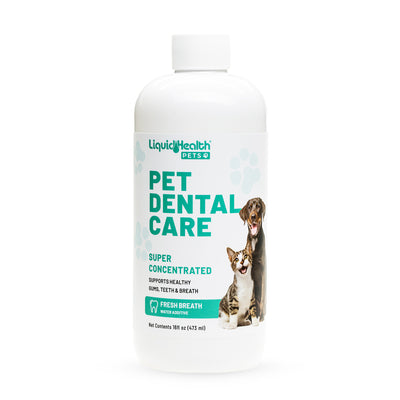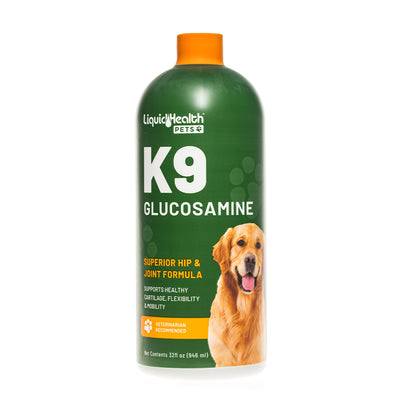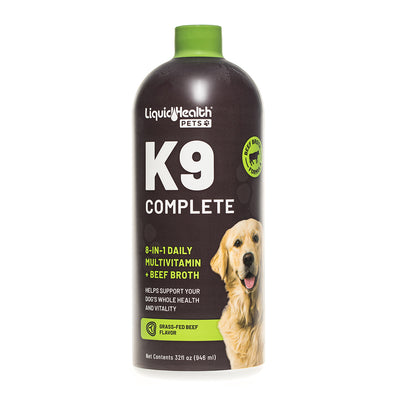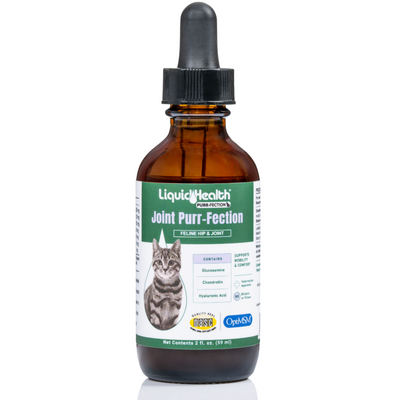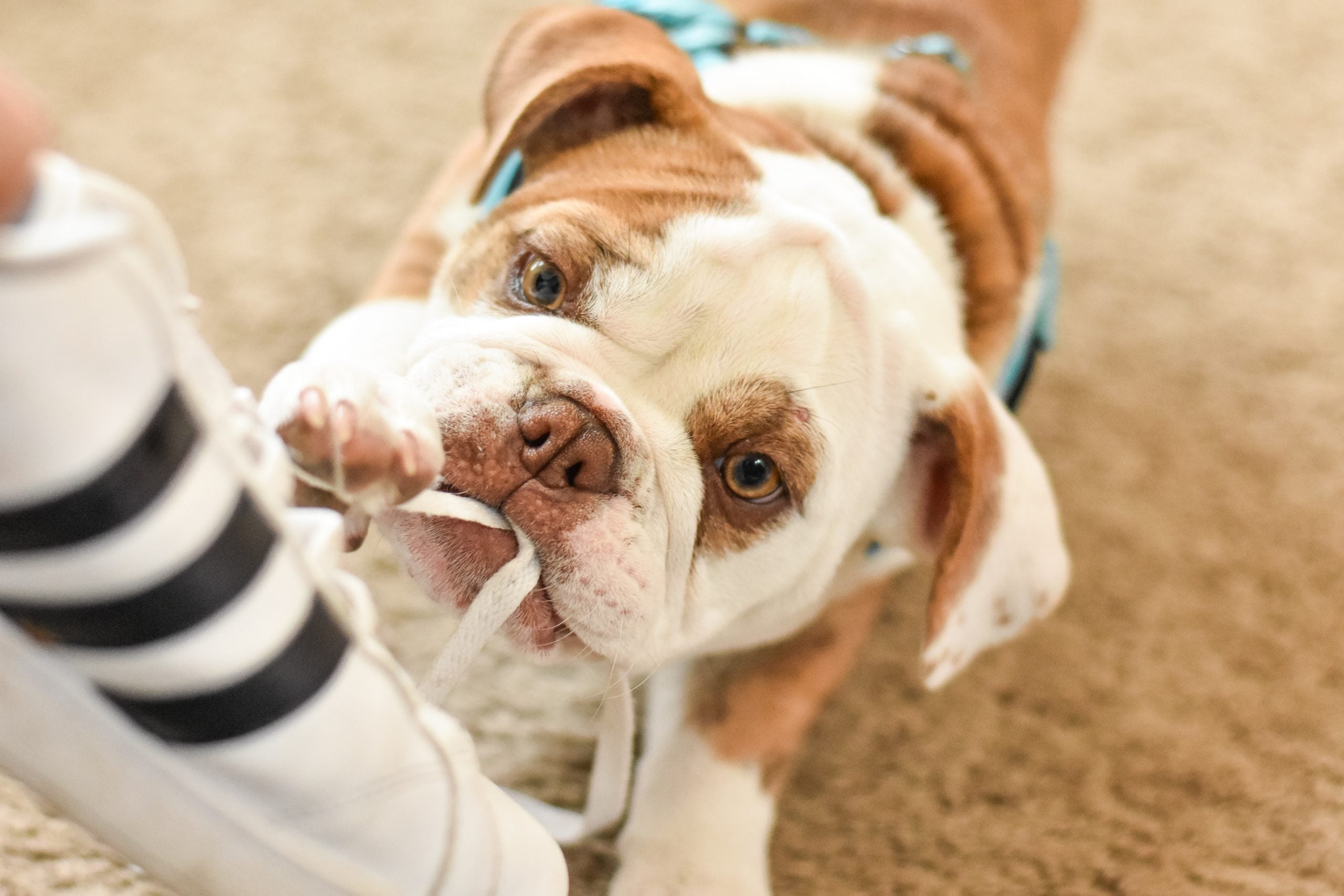Whether you are moving to a new home with your pet, or have just decided to adopt a dog for the first time, you will need to make sure that you have dog-proofed your house. That way your pet can stay safe and you don't have to worry about valuables being destroyed. Continue reading to learn more about dog proofing your house.
Dog Proofing Your House
Dog proofing your house is not as hard as it may seem. All you need to do is go from room to room and make sure that there is nothing that can pose a threat to your dog. Here is our room by room guide of things to look out for.
Living Room
- Outlets and Electric Cords: Covering your outlets with a cap can help keep your pet safe. You can also use tape to secure your cords in a place where your dog cannot reach them. That way you do not have to worry about him chewing on them.
- Breakable Items: You might want to consider relocating your vases to a high shelf or somewhere where they are secured. This can help ensure that they don't get knocked over by curious paws or a stray tail.
- Houseplants: Some houseplants can be poisonous to dogs. Keep these out of reach to your pup from getting sick. Even plants that are hanging from the ceiling may not be safe for your pup.
Kitchen
- Trash Cans: Trash cans can contain many things that are harmful to dogs. That is why it is important to keep them secure. If you have a clever pup you might want to invest in a pull-out trash can.
- Snacks: It is important to not leave food out in places where your pet can reach. This is because not all human food is safe for pets to consume. To learn about some foods you can to your pet check out one of our recent posts here.
- Kitchen Cabinets: Dogs can get into some places you didn't even think they could ever get into like the cabinets of your kitchen. To make sure this doesn't happen you can get childproof locks so your pup does not have access to them.
Bathrooms
- Washer & Dryer: Keeping your washer and dryer closed can help keep your pup from climbing in and taking a nap. You should also check inside before using these if your dog is known to hang out there.
- Medications: It is important to keep all of your medications and any self-care products stored in a locked cabinet or somewhere out of your pet's reach because they could potentially be poisonous.
- Toilet: No matter how much they want to drink out of it you need to make sure that your pet does not have access to your toilets. There could be harmful bacteria or even cleaning products still in the water.
Bedrooms
- Dressers: Try to keep large objects off of your dressers. That way if something happens you do not need to worry about your dog getting injured. You should also keep any medications off your dresser.
- Clothing: Not only will it keep it from being destroyed, but storing your clothing out of reach from your pup can also keep him safe. That is because small pieces of fabric or string can be harmful.
- Other: As with the living room you might want to keep any cords off of the floor and put somewhere where your pet cannot get them. You can also keep your child's toys in a secure spot to avoid anything happening to them.
Garage
- Chemicals: You need to make sure that all of your chemicals are moved to high up shelves or behind doors. Americanhumane.org reminds pet owners to clean all of the antifreeze off of the floor and driveway as one taste can be lethal.
- Tools: Along with keeping your chemicals out of reach it is important to keep all tools out of reach. Another thing you can do is put them in a secure toolbox.
Backyard
- Swimming Pool: Your dog may love to go for a swim, however, you might not want him swimming when you are not around to watch. If you have this problem you should consider investing in a pool cover or a fence to keep your pup out.
- Garden: If you have an existing garden, or plan to plant one, you need to make sure that all of the plants are safe for dogs. This way you can know that if your pup does decide to take a bite, he will be fine.
- Fence: A fence can be a great way to keep your pet safe while they play outside. If you already have one you might want to inspect it to make sure that it can contain your pooch.
Conclusion
Dog proofing your house is not as hard as it might seem. The main thing you need to do is make sure that there is nothing harmful to your pet or anything valuable that could be destroyed where he has access to it.
Sources:
https://www.americanhumane.org/fact-sheet/pet-proofing-your-home/
